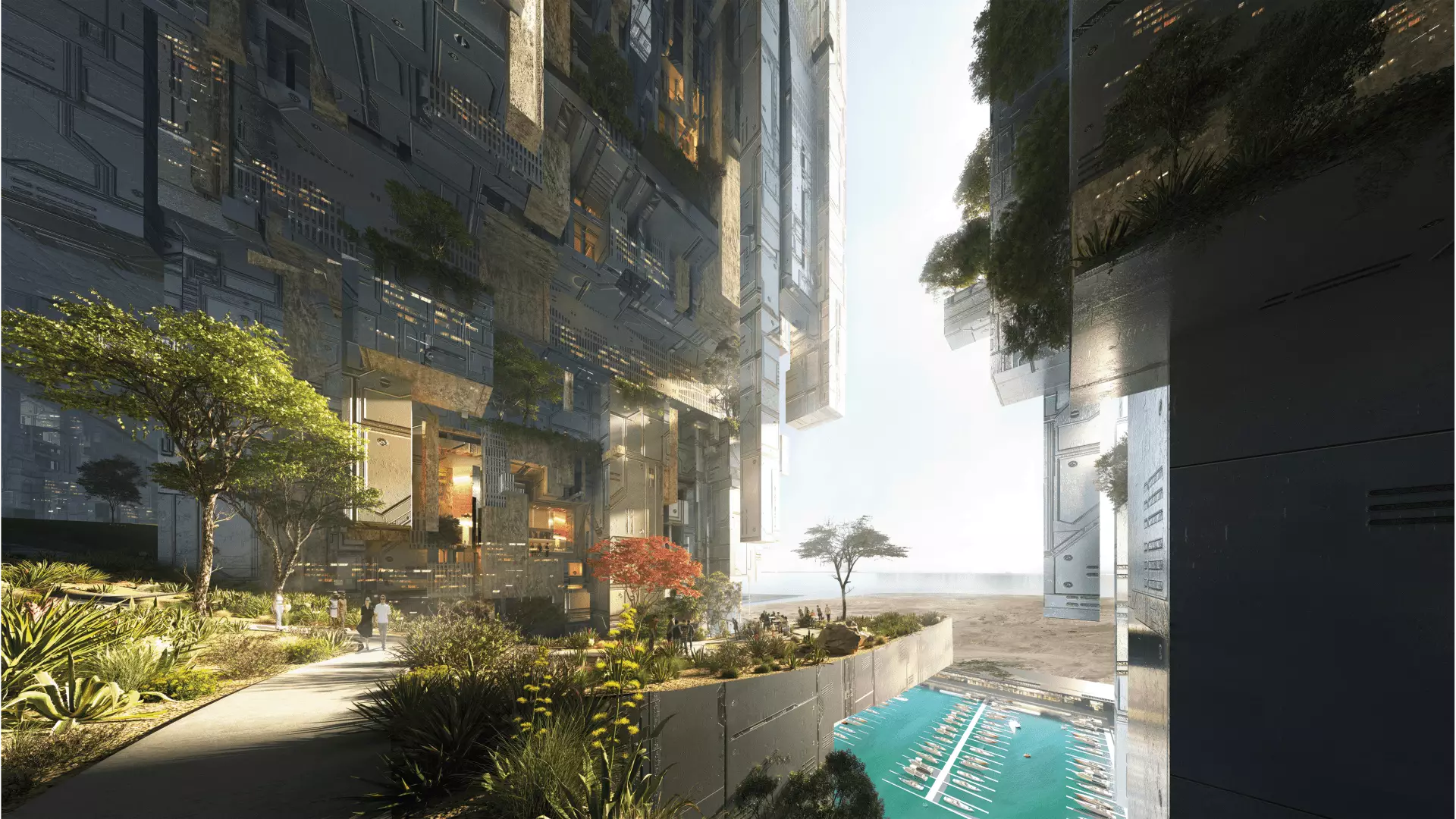Saudi Arabia’s recent financial disclosures paint a picture of unprecedented wealth, yet beneath the surface lies a fragile foundation riddled with overambition and unrealistic expectations. The kingdom’s sovereign wealth fund, the Public Investment Fund (PIF), despite inflating its assets to nearly $1 trillion, reveals an uncomfortable truth: a strategic overreach driven by grand visions that are increasingly disconnected from economic realities. The hefty $8 billion write-down in its flagship gigaprojects, especially the colossal Neom development, signals that the Saudi government’s narrative of unstoppable growth is losing credibility. It’s easy to get dazzled by the numbers; however, these figures mask underlying vulnerabilities rooted in overdependence on volatile oil revenues and a misguided belief that megaprojects alone can secure economic stability.
What the Numbers Fail to Address
While the PIF’s assets have grown impressively—climbing by 19% in 2024—the composition of those assets suggests a shaky foundation. The decline in investments into its ambitious “gigaprojects” by over 12% indicates a clear retreat from the fantasy of transforming the desert into an ultra-modern utopia. These projects, comprising only 6% of the fund’s investments, are emblematic of a problematic obsession with spectacle rather than sustainable development. The fact that this percentage is shrinking even amidst a widening investor interest in non-oil sectors exposes the kingdom’s misplaced priorities. Instead of genuine diversification, Saudi Arabia is essentially throwing money into expensive, over-ambitious vanity projects that struggle under the weight of cost overruns, operational delays, and global economic shocks.
The Myth of Economic Diversification
Vision 2030 was supposed to catalyze a post-oil era for Saudi Arabia, promising an economic revolution built on innovation, tourism, and technology. Yet, the reality remains starkly different. The kingdom’s reliance on oil—despite attempts at diversification—continues to undermine its stability. With oil prices declining amid uncertain global supply-demand dynamics, the kingdom’s ambitious plans are threatened not just by external factors but also by internal mismanagement and overhyped expectations. The decreased dividends from Aramco, alongside increasing national debts, clearly illustrate how fragile the kingdom’s economic model is. The push towards artificial intelligence, tech investments, and sports franchises seems to serve more as a vanity exercise than a meaningful pivot toward sustainable economic independence.
Overconfidence and Overreach in Mega-Projects
Neom exemplifies the overambition that now threatens Saudi Arabia’s economic future. Touted as the future city of innovation, its projected costs—ranging from $500 billion to $1.5 trillion—are increasingly viewed as unrealistic. The project’s scaling back, delays, and operational hurdles demonstrate how even the most grandiose visions can falter when built on shaky financial footing. These mega-ventures are emblematic of a broader pattern: an overconfident leadership convinced that size and spectacle will guarantee long-term prosperity, ignoring the complex economic, social, and logistical challenges tied to such investments.
The Small but Disillusioned Audience
Despite maintaining the veneer of strength, global investors are becoming wary. International investments now constitute a smaller slice of the pie, signaling that foreign confidence in Saudi Arabia’s economic future is waning. Meanwhile, the push to fund domestic projects through debt mirrors a concern that the kingdom’s model is increasingly unsustainable. This reckoning is essential: it indicates a dangerous dependency on oil revenues, volatile markets, and a government willing to divert resources into fleeting symbols of progress rather than tangible, lasting economic reforms.
The Fragile Foundation of Saudi Arabia’s “Growth”
The central issue is clear: Saudi Arabia’s so-called economic diversification is a poorly veiled façade. The kingdom’s current strategy is built on portraying an image of unstoppable growth while sidestepping the hard truth that its future heavily relies on a declining resource base. The massive investment into high-profile projects like Neom and aspirational tech ventures seem less about genuine economic reform and more about projecting power and prestige in a competitive global landscape dominated by economic uncertainties. As oil prices continue to dwindle and global markets tighten, it’s increasingly evident that the kingdom’s grand master plan is at risk of unravelling, leaving behind a legacy that may be more flash than substance.

